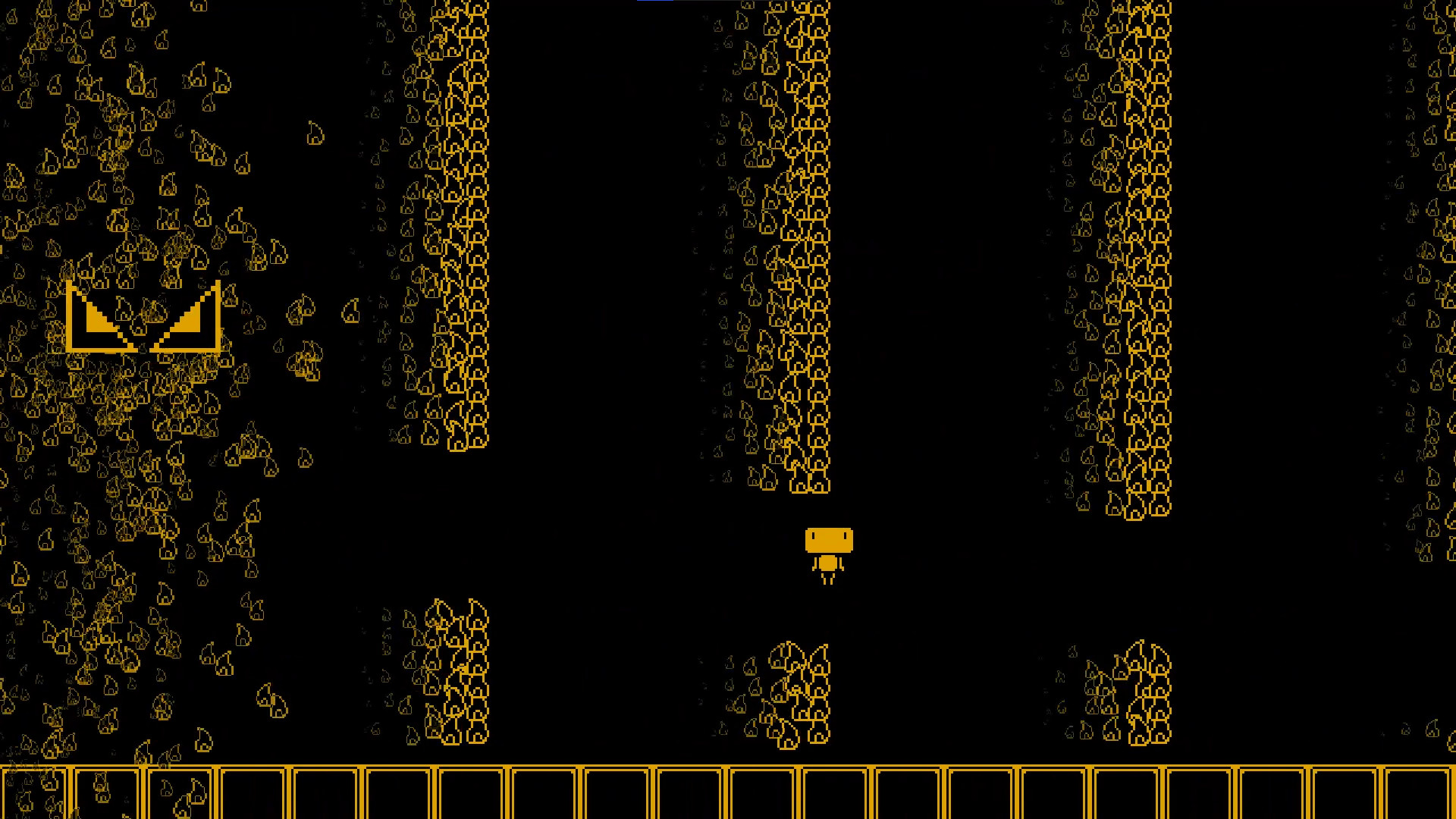

However, it’s possible to find yourself stuck on a level with no way to progress, as there isn’t even a simple ‘float’ button for movement. Speedrun Squid is listed as a prototype, so some problems can be forgiven. Games like Slay the Spire have turned branching maps into a narrative success, so Speedrun Squid could decide to follow suit and enhance player choice. Speedrun Squid features an overworld map that, although linear, suggests a sense of overall progression.


However, it’s a little difficult to initially gauge which surfaces you can hook onto, and it’s possible to get snagged on the scenery. The squid is constantly wiggling a couple of legs, and parallax scrolling helps give a sense of movement and depth as you swing or float your way through each level. Speedrun Squid uses a pixel-art side-on presentation similar to any number of side-scrollers and platformers. Being underwater, the squid gradually floats downwards, meaning you have to try and time your swings correctly to progress. Players can latch onto specific rocks, towards which the squid then propels itself. This feature is an initial disappointment but doesn’t stop the leg-as-grappling-hook mechanic from being an entertaining gimmick. Unusual control schemeĮven though squids have six tentacles, Speedrun Squid only uses one. Speedrun Squid captures some of this energy in an engaging, if occasionally clumsy, prototype. They implement deliberate dodgy controls to create a fun type of chaos, where you’re fighting against the game itself. Games based on less-than-reliable physics, such as Getting Over It with Bennett Foddy and Octodad: Dadliest Catch, are a popular genre unto themselves.

You’ll need to avoid bottomless pits, spikes, and evil crabs as you chase fish through each level to the exit. You guide a squid through rocky underwater caverns using its tentacle as a grappling hook.


 0 kommentar(er)
0 kommentar(er)
